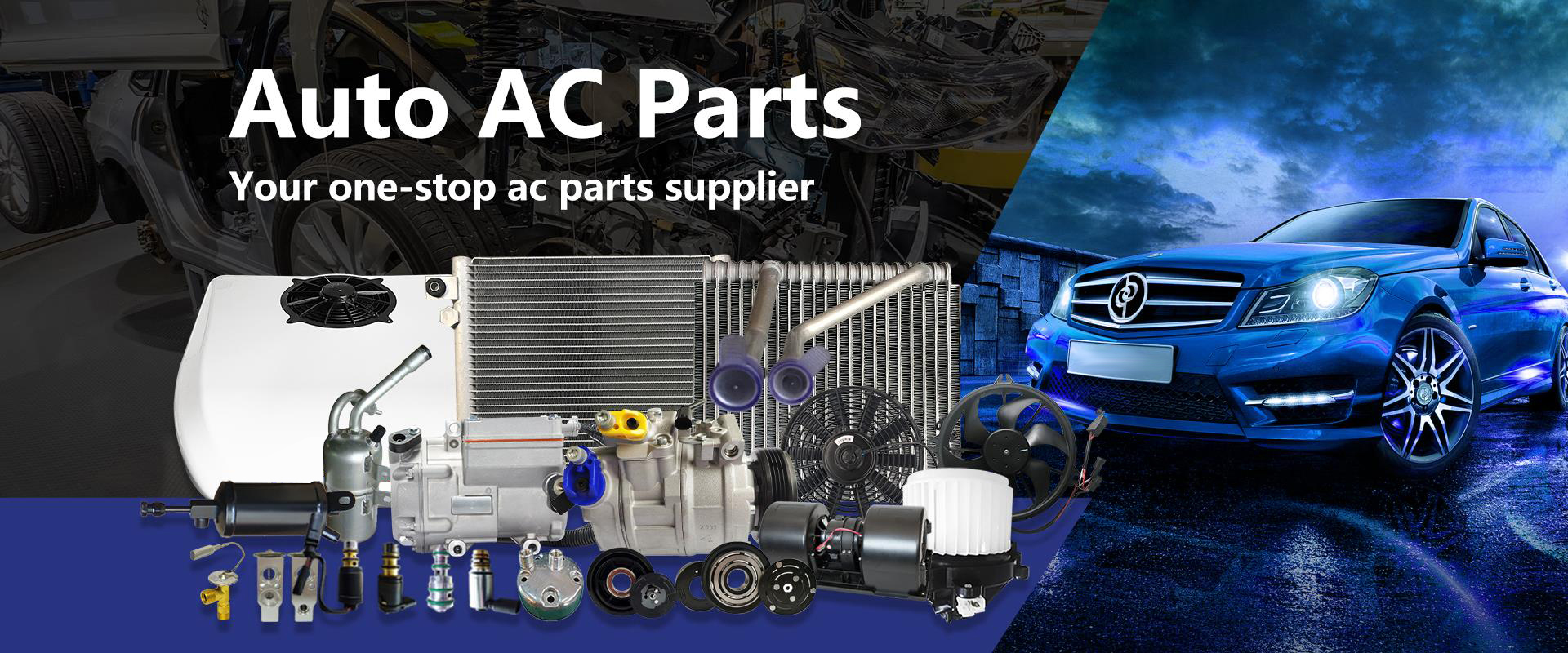Working principle of car air conditioning
Understanding Car Air Conditioning: An Overview
Air conditioning in cars is really important for keeping everyone comfortable while on the road. It works based on some basic science principles related to how heat moves around, making sure the inside stays cool no matter what's going on outside. Basically, the AC pulls hot air from inside the car and pushes it out, replacing it with cooler stuff. People often underestimate just how much difference good air conditioning makes during those long drives. When temperatures soar, working AC can literally prevent people from getting too hot and uncomfortable behind the wheel. Plus, modern systems do more than just cooling these days. They actually filter out stuff like pollen and road dust, so passengers aren't breathing in all that dirty air from outside. This means cleaner air circulating through the cabin, which everyone appreciates especially when allergies are acting up or after driving through dusty areas.
How Car Air Conditioning Works: The Science Behind It
Air conditioning systems in cars work based on science that takes heat from inside the car and pushes it out. Basically, they rely on thermodynamic processes where special chemicals called refrigerants switch between gas and liquid states to make things cool down. Think of it like a giant heat pump that pulls warm air from inside and sends it away, replacing it with nice cool stuff instead. Several key parts make all this happen. Starting with the compressor, which sucks up low pressure gas and squishes it into something really hot and pressurized. That heated gas goes next to what's called a condenser, where it gets cooled off again and turns back into liquid form. Then comes the expansion valve or sometimes an orifice tube that lowers the pressure even more so the liquid can go into the evaporator section. Inside the cabin area sits this evaporator part, and when the refrigerant passes through there, it picks up all the warmth from the air around it, turning back into gas while leaving behind much cooler temperatures for passengers to enjoy. And just like that, the whole thing starts over again, keeping everyone comfortable during those long drives.
The Refrigerant Cycle in Car Air Conditioning
Refrigerant is what makes car AC work so well, basically acting as the heat mover in the system because it can switch back and forth between gas and liquid form. When it does this, it pulls heat out of the inside of the car and pushes it outside where we don't want it. The process starts when refrigerant enters the compressor as a low pressure gas. Compression turns it into high pressure gas which gets hotter. This temperature jump helps move heat around more effectively. Then comes the condenser part of the system. As refrigerant moves through those coils, it gives up all that collected heat to the outside air and becomes a liquid again. After passing through the expansion valve (which drops both pressure and temperature), the cooled liquid heads toward the evaporator. Inside the evaporator, things get interesting. The refrigerant takes in heat from the cabin air, turning back into vapor while blowing out nice cold air. Drivers might not realize this, but every time they feel that blast of coolness on a hot day, it's actually the refrigerant doing all this switching between states behind the scenes. Without this continuous cycle of absorbing and releasing heat, our cars would be way less comfortable during summer drives.
Common Issues with Car Air Conditioning and Solutions
Knowing what to look for when your car's air conditioning starts acting up can save plenty of headaches down the road. The most obvious sign is when the vents blow warm air no matter how high you crank it. Another red flag? Strange noises coming from under the hood, which usually means something inside the compressor isn't working right. And watch out for those mysterious puddles forming underneath your car after parking somewhere shady. These could mean there's a leak in the system, probably from worn out gaskets or seals. Catching these problems early saves money in the long run because small fixes cost way less than major overhauls. When troubleshooting, start simple first. Check if the refrigerant level is low since that's often behind weak cooling performance. Then take a peek at those fuses and wiring harnesses to make sure everything gets power properly. But don't waste hours trying to fix complicated stuff yourself. Most people find it smarter to bring their cars to a qualified mechanic once basic checks fail. These pros deal with all sorts of AC issues daily and know exactly where to look for trouble spots in those complex systems, keeping drivers comfortable during those hot summer commutes.
Essential Maintenance Tips for Your Car's AC
Keeping up with regular maintenance makes all the difference when it comes to how long your car's air conditioning lasts and how well it works. Change those air filters every few months to stop dirt and grime from getting into the cabin where they block airflow and mess with comfort levels inside the car. Check out those hoses too - look for cracks or holes because if they're damaged, refrigerant escapes and cooling power drops off quickly. The blower motor deserves attention as well since it pushes air around the whole vehicle. Don't forget about refrigerant levels either. When refrigerant gets low, the AC just doesn't cool properly anymore. Worse still, running on empty can actually break down parts of the system entirely, leading to costly fixes later on. Stick to what the car manual says about checking and topping up refrigerant, and this helps prevent breakdowns while making sure the AC stays functional for years instead of just a season or two.
Popular Portable Air Conditioning Products for Your Vehicle
Looking for something that can cool down a car quickly? The PAC1003 portable air conditioner might just be what drivers need. This little box packs quite a punch when it comes to spreading out cold air evenly throughout any space. People report feeling comfortable even on hot summer days when they're stuck in traffic or parked somewhere without shade. What makes this thing stand out? Well, the controls are straightforward enough for anyone to figure out without needing instructions. Some folks keep one in their office too, especially during heatwaves when regular AC systems struggle to keep up. Others take it camping or hiking trips where traditional cooling options simply aren't available.

The PAC1020 portable air conditioner makes a great option for folks needing to cool down their space. This unit packs serious cooling power and works well in rooms of moderate size, whether someone wants to chill at home or keep an office comfortable. What stands out is the big water tank inside that lets the AC run nonstop without constant refilling, so people stay cool longer without hassle. Weighing in light and taking up minimal space, this model moves around easily too. Perfect for regular indoor use but also handy when taking trips outside where temperature control matters.

Both of these models provide significant advantages for drivers seeking to improve their in-vehicle climate control, promising efficient, user-friendly, and powerful cooling solutions.
Conclusion: Ensuring Optimal Performance of Your Car’s AC System
Getting to grips with how a car's air conditioning works, keeping it properly maintained, and knowing what to do when something goes wrong makes all the difference in getting the most out of this essential feature. Regular inspections and basic upkeep help avoid expensive fixes down the road while making sure the AC runs efficiently over time. When small problems are caught before they become big ones, drivers get consistent cooling during those hot summer drives, plus their vehicles tend to last longer with fewer mechanical headaches related to overheating components.


